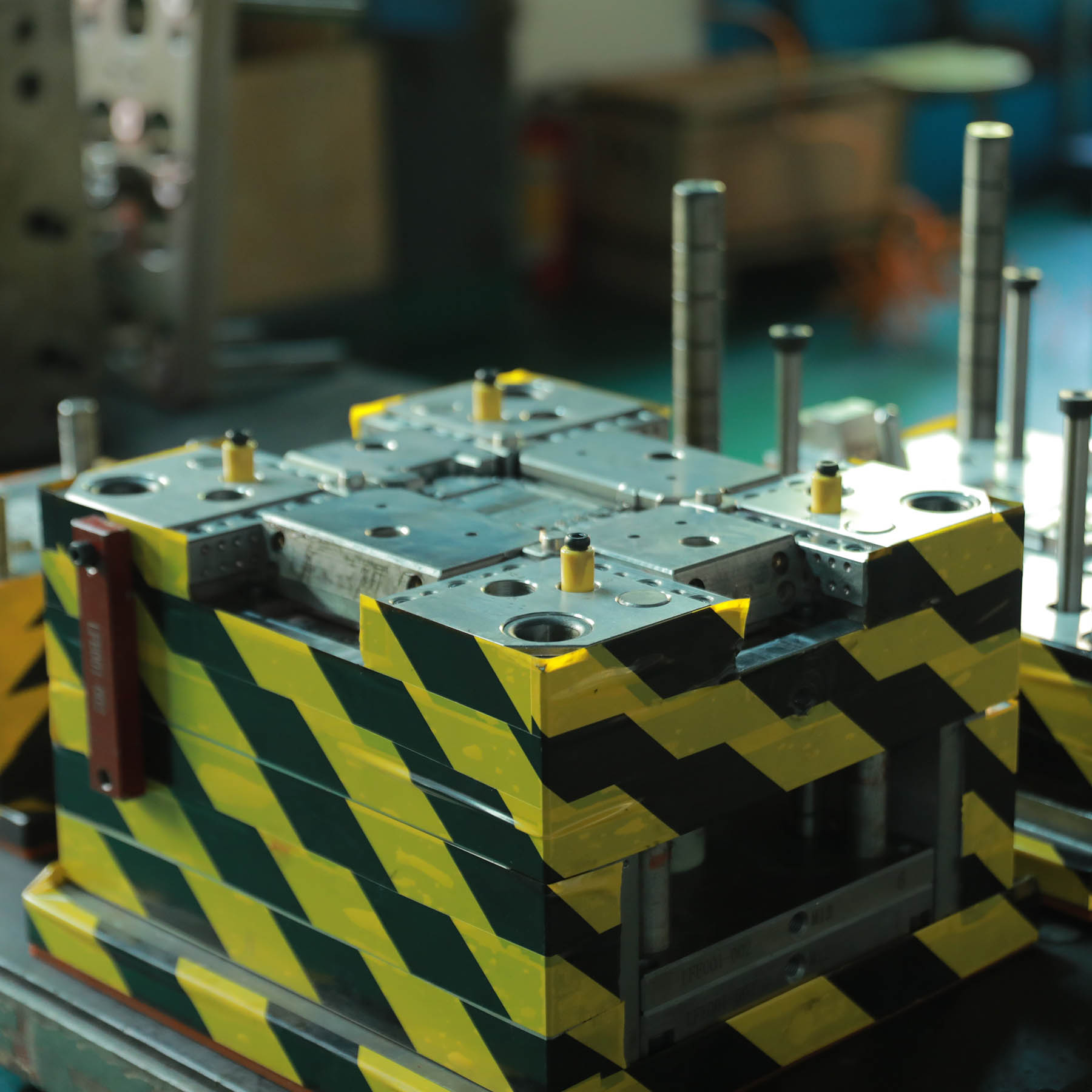Injection-molded parts are critical, yet fundamental, components in many of today’s medical devices. Using plastic injection molding for medical devices means protecting products that meet stringent hygiene requirements and helping to lower the cost of devices without compromising performance. Moreover injection molding parts are an integral part of tomorrow’s innovative device designs.
The medical device tooling and design options available for injection-molded parts used in medical applications can seem very complicated.
Here are the key pieces of information that will help make it a little easier to choose the Injection Mold Tooling that works for your medical project.
1. PROJECT SCOPE
The scope of your medical project is the most important element in defining which tooling method to leverage.
For example, if the part is for pre-production and requires low quantities, then it is best to start with a low-cost, single-cavity material tooling. This is common when the medical contract manufacturing requires the part to be made from the same material as the injection mould for final production. Such tools offer lower costs and faster lead times. If the requirement for the same material is not needed then alternative options such as 3D printing can be considered.
2. PART SIZE AND VOLUME
Part size and volume of the part in question are important in determining the injection mold tooling. If we are dealing with a medical device with large parts and aesthetic requirements, then we will need a standalone mould capable of providing the maximum capacity of the medical injection molding machines in terms of both injection volume and clamping force. On the other hand, smaller parts that fit within the dimensional parameters may be subject to a cheaper (more efficient) alternative; insertion tools (same mold base with interchangeable core and cavity) or a family mold (several parts put together in the same core and cavity) are extremely popular for smaller parts.
3. PRODUCTION VOLUME
Production volumes can affect tools especially when they reach a higher level. The standard instrument has a single cavity for low volumes from about 200 to 2.000 parts per year, but when production volumes are higher one can try to add more cavities on the instrument to produce parts more economically. When the annual quantities of medical devices and the total duration of the project are unknown, you can always start with single-cavity tools. This gives the possibility to integrate some improvements before building multi-cavity tools later on. Multi-cavity instruments involve more upfront costs, but can greatly lower the price of the part.
4. PART MATERIAL
The material of the medical device affects the tooling for a few reasons. Mild injection molding resins such as Polypropylene are much easier to use and help make the tool more durable. Harsher injection molding resins such as Glass Filled Nylon or polymers with additives to make them flame retardant or non-flammable (e.g. UL94/V0) will wear out a tool much more easily. This can be a central factor in making a decision on which tooling material to choose.
5. PART GEOMETRY
Part features such as undercuts, cores, surface finish requirements (e.g. grained, polished, textured) influence the decision on the type of injection mold tooling to be used. The more complex the part is, the more likely it is to need a standalone steel tool.
6. TIMELINE FOR BUILDING THE TOOL
Every new medical device has a deadline to be brought to market and therefore the tooling phase also has a timeline to be met, which can influence the tool choice.
Usually, injection molding tools can be built in anywhere from 4-6 weeks for small parts and 6-10 weeks for larger parts.
7. COST
The material of which a tool is made is an important factor in its cost and also influences its market price. A cheap starter tool costs less than a high quality hardened (multi-cavity) steel, but it will also last much less and the cost of maintaining it will be much higher in the long run. Tools that deteriorate quickly are not of high quality and may have aesthetic flaws. In addition, cheaper plastic injection molding for medical devices means that slower cooling occurs in the mould, which can increase costs due to higher cycle times and more downtime.
When looking at long-term costs, the quality of the tools is crucial. Quality tools require a higher initial investment, but they have many positive aspects: they produce acceptable parts right from the start, reduce machining problems that can arise and help you meet cycle and production times.
A medical contract manufacturing expert offering a high level of service can guide you through the tooling and design options available for injection-molded parts used in medical applications. This process will ensure the tooling and design options which best meet your needs in a cost-effective manner providing the best return on tooling investment.
By performing a mould flow analysis to understand how the plastic flows through the mould and fills a part, additional cost-saving information can be obtained. Such analyses save time and money by avoiding the need to retool or redesign the part later in the process.
If you need expert advice on developing your next medical device, contact us and we will advise you on the best tools and materials to use to meet your medical device requirements and guide you through the entire medical contract manufacturing process.
Creanova has long experience in manufacturing medical devices with high-precision medical injection molding housings, so we can help you with your medical project at any stage of development and we can support you with a 360° solution: from design, engineering, prototyping to contract manufacturing (including medical device tooling, production and final assembly, ISO 13485 certified).

